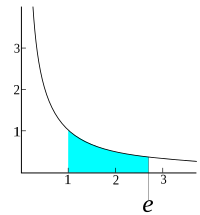
Photo from wikipedia
Many bacteria use protein‐based organelles known as bacterial microcompartments (BMCs) to organize and sequester sequential enzymatic reactions. Regardless of their specialized metabolic function, all BMCs are delimited by a shell… Click to show full abstract
Many bacteria use protein‐based organelles known as bacterial microcompartments (BMCs) to organize and sequester sequential enzymatic reactions. Regardless of their specialized metabolic function, all BMCs are delimited by a shell made of multiple structurally redundant, yet functionally diverse, hexameric (BMC‐H), pseudohexameric/trimeric (BMC‐T), or pentameric (BMC‐P) shell protein paralogs. When expressed without their native cargo, shell proteins have been shown to self‐assemble into 2D sheets, open‐ended nanotubes, and closed shells of ≈40 nm diameter that are being developed as scaffolds and nanocontainers for applications in biotechnology. Here, by leveraging a strategy for affinity‐based purification, it is demonstrated that a wide range of empty synthetic shells, many differing in end‐cap structures, can be derived from a glycyl radical enzyme‐associated microcompartment. The range of pleomorphic shells observed, which span ≈2 orders of magnitude in size from ≈25 nm to ≈1.8 µm, reveal the remarkable plasticity of BMC‐based biomaterials. In addition, new capped nanotube and nanocone morphologies are observed that are consistent with a multicomponent geometric model in which architectural principles are shared among asymmetric carbon, viral protein, and BMC‐based structures.
Journal Title: Advanced materials
Year Published: 2023
Link to full text (if available)
Share on Social Media: Sign Up to like & get
recommendations!